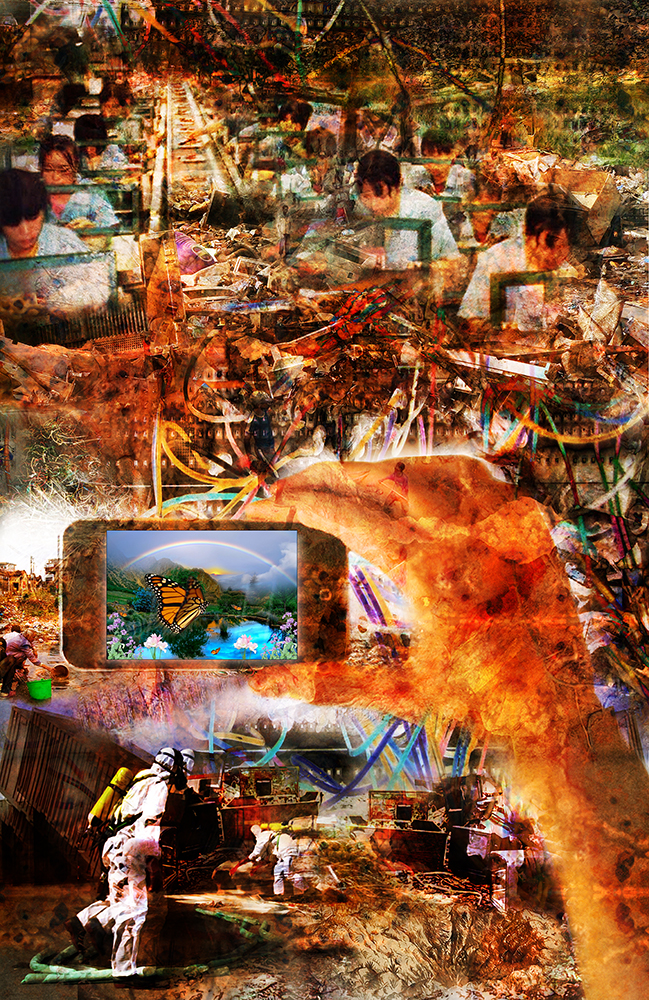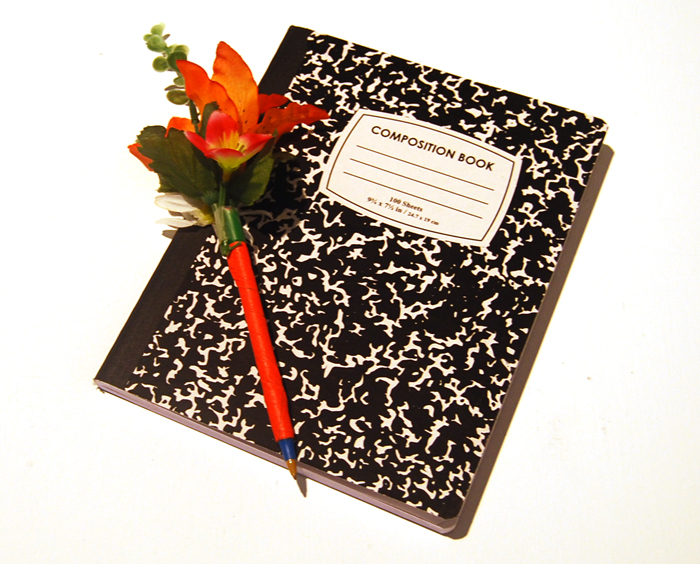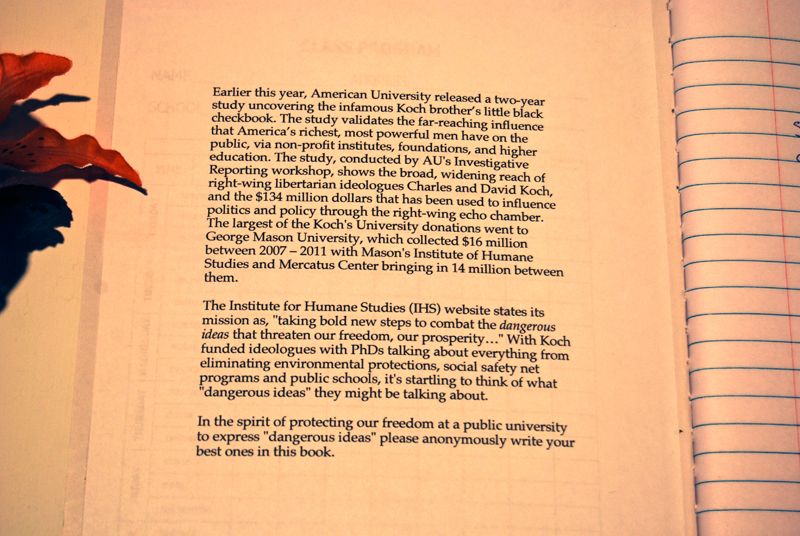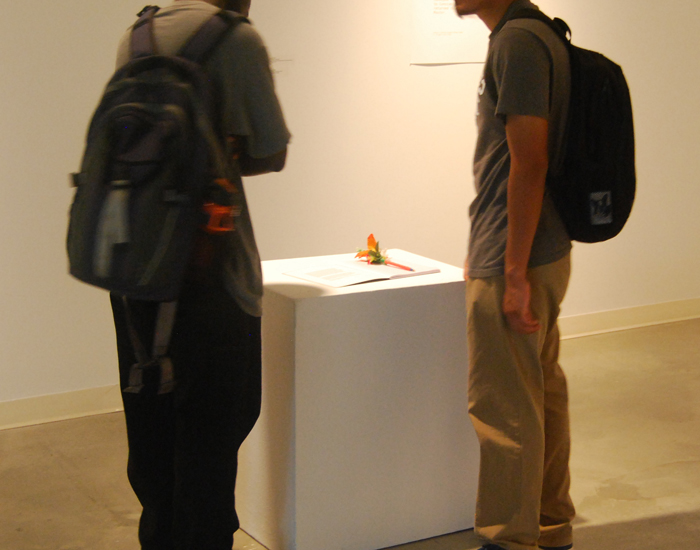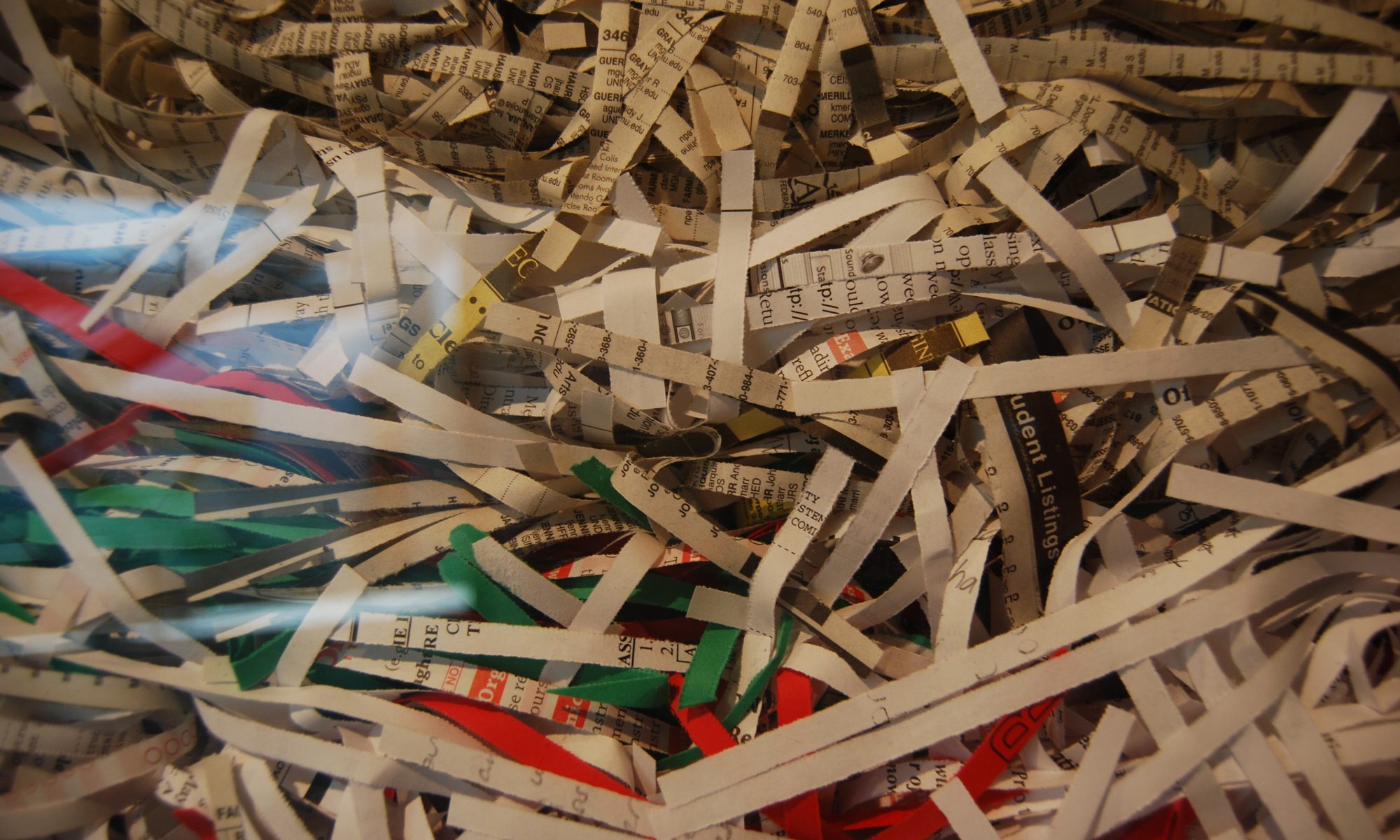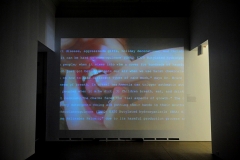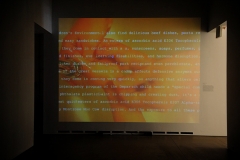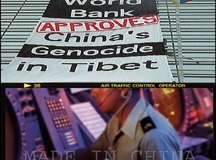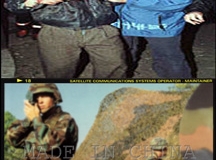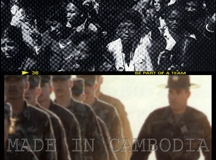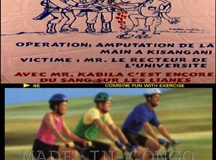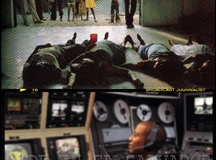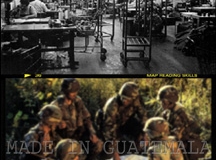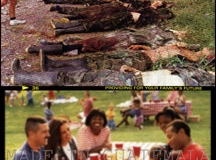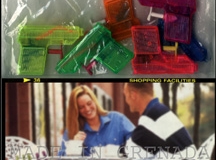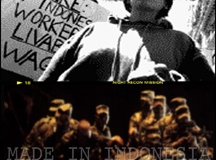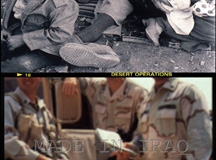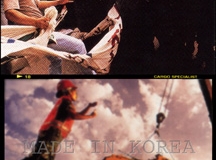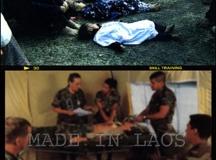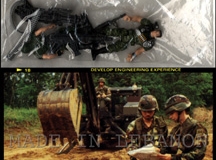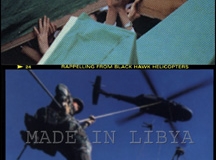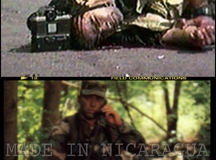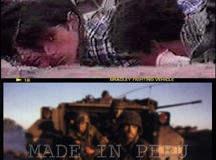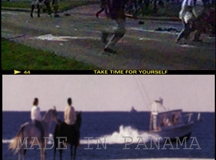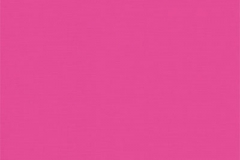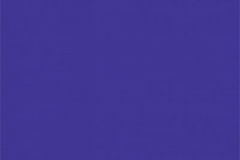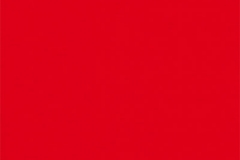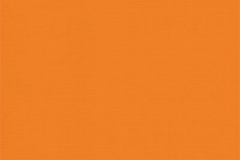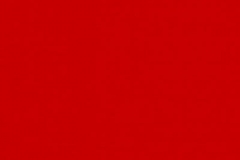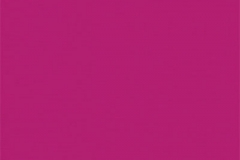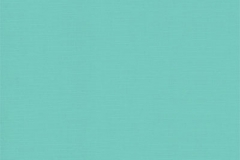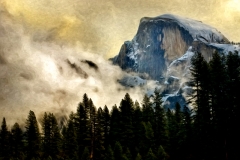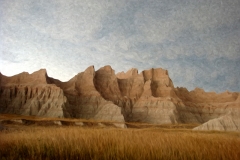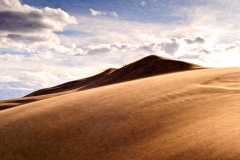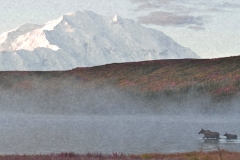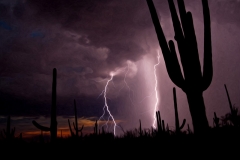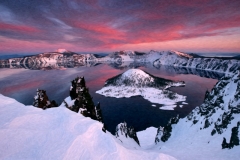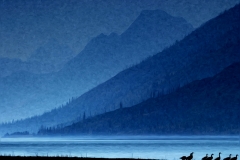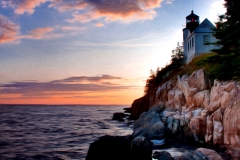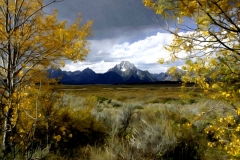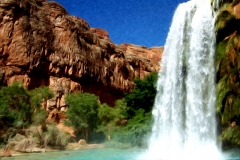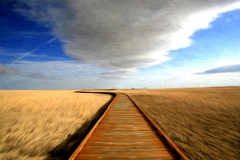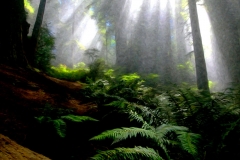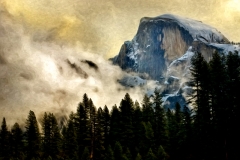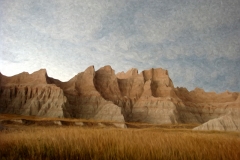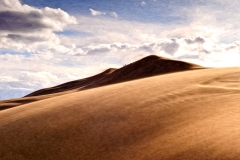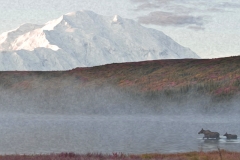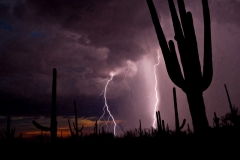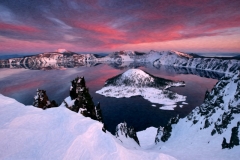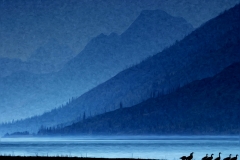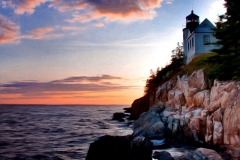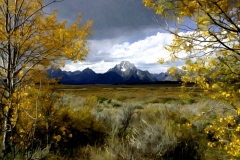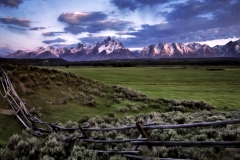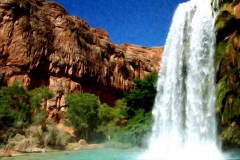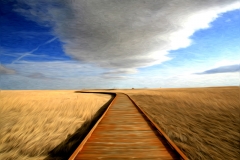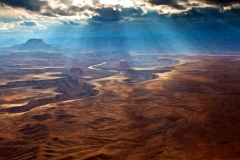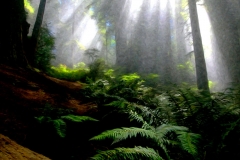Wanted. a video installation by beth hall & mark cooley
eWaste
Book of Dangerous Ideas
Matter/Antimatter: A Time Based Work
Matter/Antimatter: A Time Based Work
2013
Materials: plastics, red worms, shredded documents and coffee grounds.
A constructed ecosystem which facilitates the transformation of office waste (shredded office paper and coffee grounds) into living dirt. The resulting high grade fertilizer is then used to enrich the soil of a tabletop garden designed as a living salad bar for employees.
Documentation from installation at George Mason University School of Art Gallery and faculty staff lounge terrace.




Safe
Safe
video installation by beth hall, mark cooley & celia cooley | 2012
Maternalisms exhibition catalog by Natalie Loveless
The popular imagination is heavily invested in a deeply romanticized conception of the maternal. The laborious, messy and complex beauty of living with children is lost in countless sanitized and idealized images of a superficial, strictly gendered, privatized and heavily branded maternity. Popular culture gives a pre-packaged answer to the complex questions of parenting in a quickly changing world. For some, parenting is narrowed to a list of milestone purchases – graduating kids through a series of child development books, baby seats, bicycles, cell-phones, computers, cars, and so on into adulthood. Those who prefer a critical and active approach to parenting soon discover that information and disinformation abounds, and critically engaged parenting can quickly lead to significant research skills. Though the labor of caring for children is generally maligned in popular culture, if given attention, the daily rituals of child care-giving reveal a beauty based on a system of values radically different to those conjured by the media’s constant appeals to our well cultivated sense of alienation, self-interest and irrational fears.
Safe from flawed art on Vimeo.
“As philosopher of science Isabelle Stengers puts it, “an idea always exists as engaged in a matter, that is as ‘mattering.'”9
Inhabiting the space between detailed local care practices and the social frame- works enmeshed with them, beth Hall and Mark cooley’s Safe explores how ideas are engaged in matter and matters engaged in ideas. Safe juxtaposes the overwhelming medical data, advice, and rules that face parents in the information age with specific actions that invoke the maternal everyday: hand washing, hair brushing, flossing, etc… As accompaniment to these texts and images, a fetal heartbeat repeats and multiplies in the background, creating a soundscape of the periodic monitoring that punctuates modern pregnancy and stands as evidence that all is right and safe in the womb. At the same time, this soundscape insists on the anxiety of information, an anxiety that obstructs any ability to even entertain the fiction of unmediated experience, freighted as we are by the immensity of information and disinformation characteristic of contemporary motherhood.”
– Natalie Loveless – New Maternalisms exhibition publication.
EcoCultures

EcoCultures is an exhibition bringing together current cultural
productions at the intersections of the arts, sciences and the
practice of everyday life to explore the interdependence of our
social and biological systems.
Mason Hall Atrium Gallery | George Mason University, Fairfax VA
September 22 – October 6, 2011
Public Reception – September 22, 6:30 – 8:00pm
Curated by Mark Cooley
| Featuring the work of: | |
| Amy Balkin
The Futurefarmers The Yes Men Beatriz da Costa Temporary Travel Office
|
Beehive Design Collective
Jens Jarisch & Sharon Davis Kim Stringfellow Matthew Friday & Jeff Lovett Sarah Kanouse & Shiloh Krupar |
Ps4
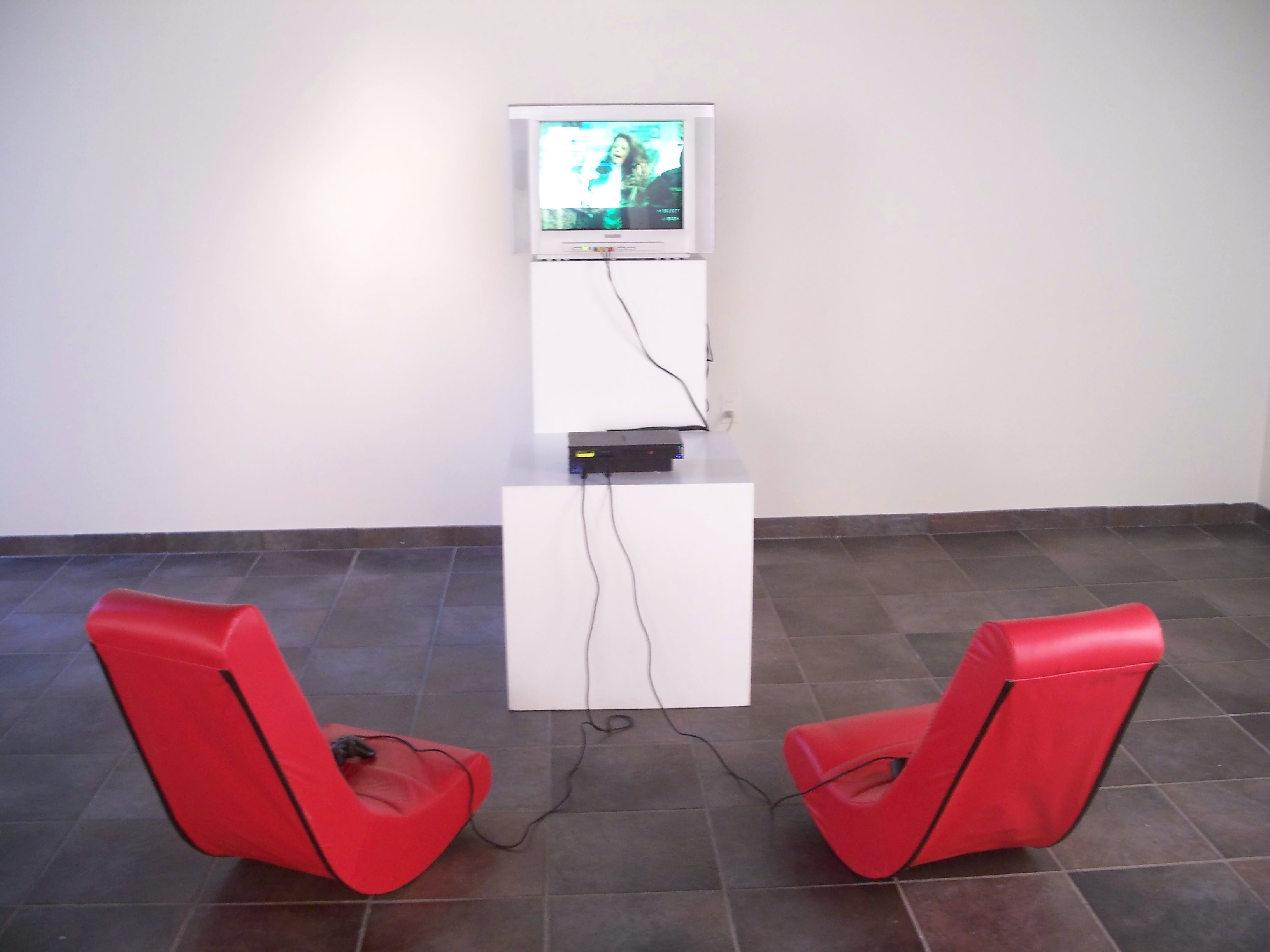 Ps4
Ps4
2008 – 2011
“Kids in Congo were being sent down mines to die so that kids in Europe and America could kill imaginary aliens in their living rooms.” – Oona King, former member of the British Parliament.
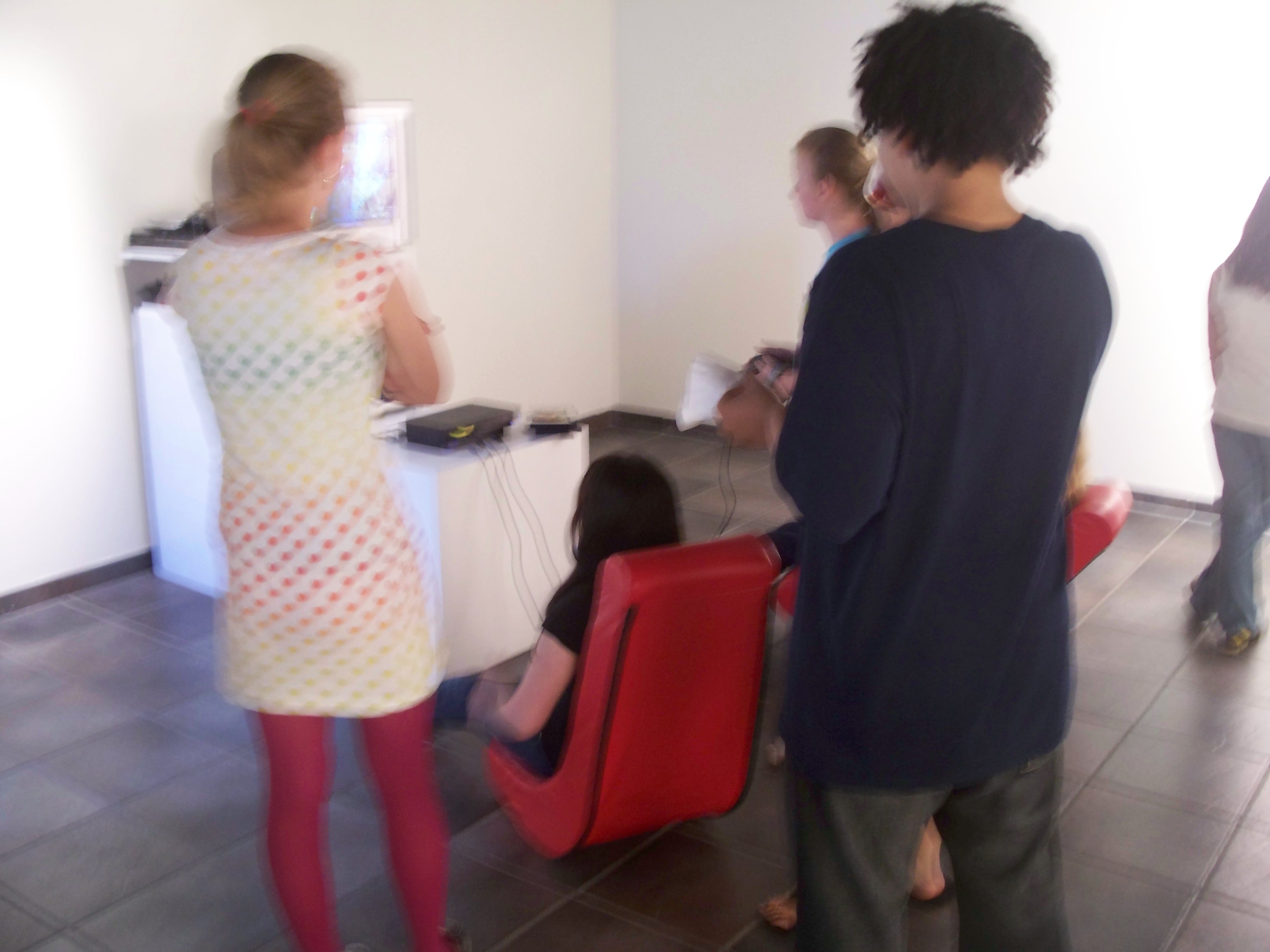
For over a decade, war has ravaged the Democratic Republic of the Congo (DRC). Fueled, in part, by an intense demand for natural resources, the war has claimed over 5 million lives. Coltan (Columbite-tantalite), a metallic ore from which the element tantalum is extracted, is one of the DRC’s most sought after resources. Tantalum is widely used in common electronic devices such as cell phones, computers and video game consoles.
Ps4 is an interactive video mash-up that juxtaposes documentary video footage with live video gameplay. Though initially conceptualized in response to reports of Sony’s large stake in the DRC’s bloody coltan trade during the production of its Playstation 2, Ps4’s playlist has since expanded to look at a variety of issues. On a general level, Ps4 explores the potentially alienating effects of gaming by derailing the seamless gameplay experience and offering a problematic and politicized view of so-called “immersive” leisure activities.
Documentary footage,”Congo’s Bloody Coltan” Produced by, and used with permission from, thePulitzer Center.
Publications
American Dreams: A Work in Progress

American Dreams: A Work in Progress
2000 – 2011
American Dreams is an interactive installation making use of common retail packaging and display aesthetics where gallery participants may self-reflectively play the role of consumers while uncovering unsettling relationships between free market globalization and military domination. The installation represents an ongoing meditation on the abuse of power and prevailing mythologies and ideologies of US culture.
Review – Ryan Griffis, “American Dreams”, review, New Art Examiner, Vol. 29, No. 4, Dec.-Jan. 2000
Color Fields: 21st Century Man, Heroic & Sublime
Color Fields: 21st Century Man, Heroic & Sublime | 2011
Series. Oil on canvas, 48″ x 48″ each
“We are reasserting man’s natural desire for the exalted, for a concern with our relationship to the absolute emotions…The image we produce is the self evident one of revelation, real and concrete, that can be understood by anyone who will look at it without the nostalgic glasses of history.”
“The Sublime is Now,” Barnett Newman, 1948
“Landor conceived and designed two projects for The Procter & Gamble Company in which color has been particularly successful; Febreze® Air Effects and Secret® Sparkle™. Both projects leverage a principle called senesthesia, which concerns the multisensor psychological messages color can communicate, a phenomenon I first became familiar with at CMG Workshop discussions. The colors for Febreze Air Effects were selected to evoke the sense of light, subtle and airy fragrances. The colors for Secret Sparkle were selected to evoke the flavors that reinforce the tasty versioning names. We’ve found that the more globally the senses are evoked, the more likely it is that the consumer will become engaged and ultimately purchase the product. In 2005, Febreze won Best Brand Design from P&G. Secret Sparkle expanded the market base of the Secret brand by growing the Secret entry-level market. In these two cases, color sells through exciting the senses!”
“The Profit of Color! Color experts from the Color Marketing Group share their success stories,” The Color Marketing Group (CMG) ‘Color Sells, and the Right Colors Sell Better.’
The Supreme Court held in the 1995 case of Qualitex Co. v. Jacobson Products Co., 115 S.Ct. 1300 (1995) that the green-gold color of a dry cleaning press pad can function as a trademark. The court’s landmark decision certified that color itself, apart from any particular graphic representation, may be patented and therefore legally owned as private property. In the years following the 1995 Supreme Court decision corporations have raced to trademark their brand colors resulting in a series of color trademark infringement cases. Color Fields is a series of oil paintings depicting several currently patented colors of the spectrum. Colors include Barbie pink, UPS brown, Coca Cola red, Target red, The Home Depot orange, T-Mobile magenta and Tiffany blue.
When Barnet Newman’s painting Vir Heroicus Sublimis debuted in 1951 Newman invited viewers to stand only inches away from the canvas because it is precisely at this range that the enormous painting engulfs the viewer’s field of vision thereby eclipsing the surrounding world. And yet, However engrossing, intoxicating and pleasantly debilitating an uninterrupted color field might be for an artist or an especially enthusiastic museum visitor, the fact remains that falling headlong into a sea of Red, will likely get you promptly removed from the premises by security guards. Perhaps Newman’s innovation of “zips” serves as a safety device – a visual system of restraints – in the event just such a transcendental moment befalls an unsuspecting art lover within the hallowed halls of MOMA. Leave it to the “zips” to snap us back to the thingness of the thing we’re looking at – a painting on a wall in a museum on 11 West 53 Street.
However remote from the world of marketing and capitalism Newman and many other modernist painters and institutions might have thought the experience of their art would be, the lofty goal of transporting the viewer into sublimity through a total immersion in the product (painting) seems very much at home in the current field of branding and color marketing. Perhaps we only fail to see this common purpose because paintings are considered Fine Art (with all of its lofty pseudo-spiritual goals) while advertising is seen as commerce. Anyone who makes this silly distinction should take a look at what a Barnett Newman sells for these days. It is quite apropos in this context that artists can only hope to find success in the contemporary art world after developing a consistent visual style, a trademark if you will, thereby confirming one’s place in the art commodity market.
En plein air: No Man’s Land
En plein air: No Man’s Land | 2011
Medium: Faux oil paintings – inkjet on stretched canvas
En plein air: No Man’s Land is a series of faux oil paintings made from desktop wallpapers of U.S. National Parks downloaded from the National Geographic website.
For the artist, the series represents an ongoing interest in authorship and appropriation, as well as the relationship between ecological catastrophe, the age of technological simulation and the fatalism of popular representations of nature that fail to envision how humans may possibly fit into a landscape without first destroying it.
